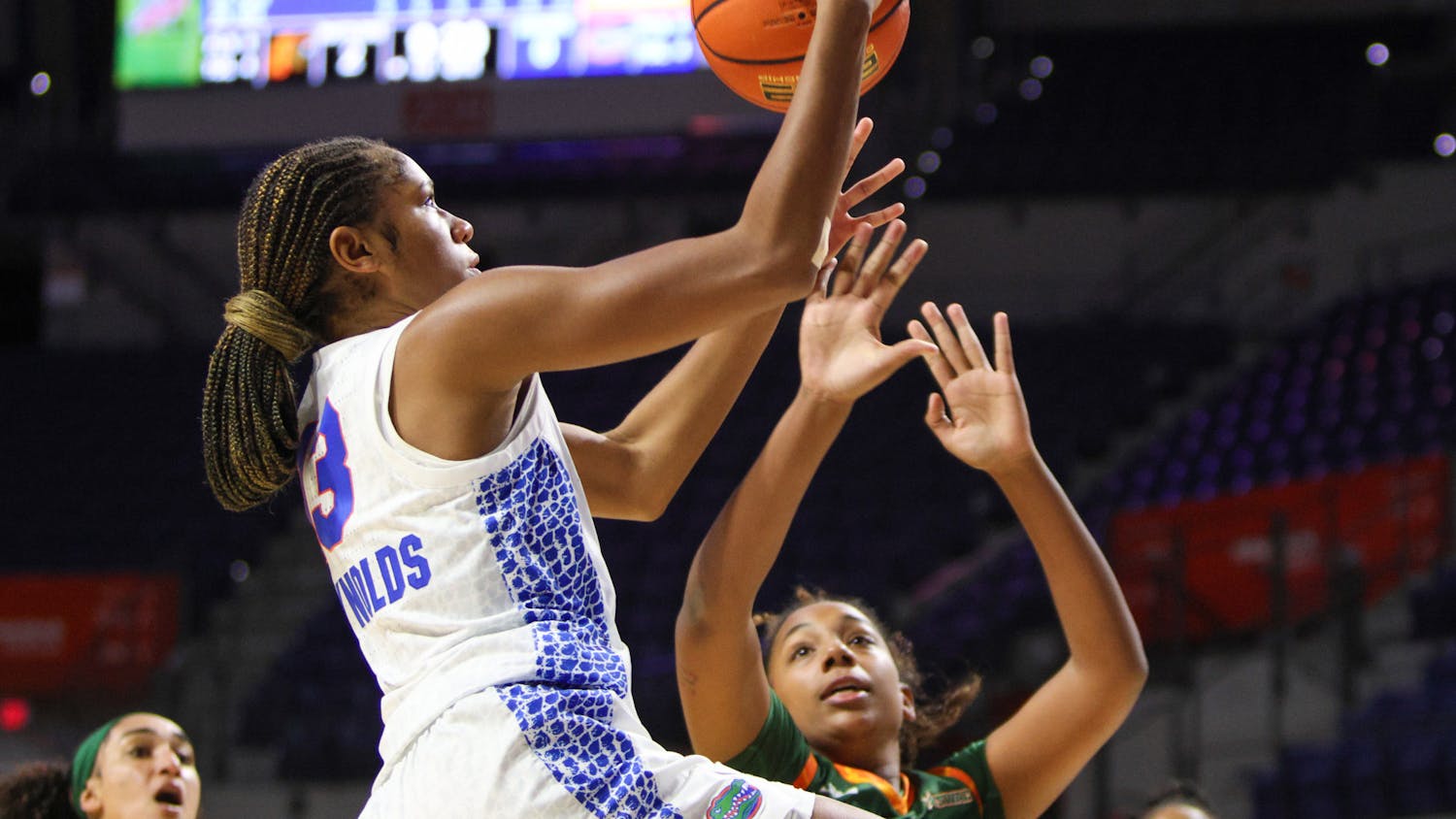One of the less “typical” courses available here at UF is titled “Harry Potter and the Holocaust.” I’ve had the privilege of taking it. While I could write a column about that class alone — send an email, and maybe I will — there’s one theme I want to ramble about this week.
I hope the Harry Potter series was as much a part of your childhood as it was mine. I can honestly say I feel like a better person simply because I had loved the wonderful wizarding world. The character development was so well drawn-out; the plot was as rich as it was thick, and the line of morality was constantly being blurred. That’s what good children’s art does: It takes serious moral (“adult”) questions and themes and develops them for an audience that will one day have to answer them.
More importantly, J.K. Rowling had the courage to answer those questions wrong. Children’s literature almost always ends up answering those questions right. It would seem that with children’s literature, the “moral of the story” goes hand in hand with the plot. But sometimes you’re forced to deal with less than ideal truths: questions of fairness (Should Harry have told Cedric about the dragon challenge in “Harry Potter and the Goblet of Fire”?), privacy (those eerie Occlumency lessons in “Harry Potter and the Order of the Phoenix”) and bravery (constantly bringing your nonconsenting fellow teenage friends into fights that could render them killed or worse, expelled). And these challenges lead to other moral dilemmas: “Should I harbor innocent but viciously persecuted fugitives if doing so could result in grave consequences for my family?” That question is not only asked in Harry Potter.
Another fantastic example of great children’s art is “Steven Spielberg Presents Animaniacs.” When this cartoon originally premiered in 1993, it was revolutionary. While it does not necessarily go into depth of moral questions, the humor evoked from each episode was intentionally designed to keep young and adult audiences in mind. There are wacky and zany slapstick gags (I love me a good ol' Acme Piano falling from the sky onto an unsuspecting villain’s head) that are meant for children. Adults could smirk alongside when obvious sexual “things” slipped by a child’s ear completely unnoticed (“Hellooooooo Nurse!” say Wakko and Yakko as their out-of-body heartbeats start to slowly slide down their pants). The Wheel of Morality often pitted viewers against each other (“If at first you don’t succeed, blame it on your parents”), breaking down the fourth wall in a way that is so goofy kids enjoy it seriously, and adults can’t help but chuckle at the sheer cringy-ness of it all (“Win a Free Trip to Tahiti!”).
Children’s art, like all art, inherently reflects the creators' understanding of the social environment we occupy. Whether you’re Schubert or Kendrick, Dickens or Rowling, Coppola or Spielberg, there’s something inherent in art that grants us access to the realities of one another and question the understanding of our own. Children’s art embodies this in a way that no other artistic medium can, and by that virtue alone, it demands we focus on it in a way that is as enjoyable as it is informative. Questions about Mudbloods seemed real in a different reality, but questions of hiding Jews were all too familiar in ours. I want you all, dear Summer A readers, to ask the morally charged questions of our time, like whether to accept refugees, to shoot the critically endangered gorilla or to build a wall (my heresy just made it 10 feet higher, it’s gonna be HUGE) and ask yourself: What would Hermione Granger do?
Zachary Lee is a UF philosophy senior. His columns appear on Tuesdays.





